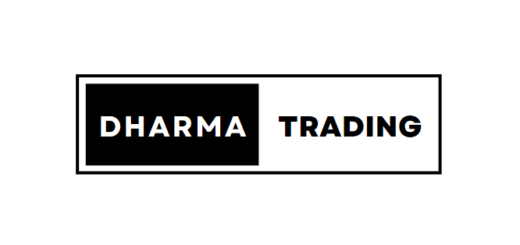Unlocking the Power of Moving Averages (MA): Mastering the Art of Day Trading
Moving Averages (MA)
Introduction
Day trading is a dynamic and thrilling approach to the world of financial markets, where traders aim to profit from short-term price fluctuations. Among the arsenal of tools available to day traders, Moving Averages (MA) stand out as invaluable indicators for making informed trading decisions. In this article, we will explore the concept of Moving Averages, their types including rolling averages, and the popular Moving Average Convergence Divergence (MACD), along with how to effectively use Moving Averages for successful day trading.
Understanding Moving Averages (MA)
Moving Averages (MAs) are statistical calculations that help traders smooth out price data over a specified period, allowing them to identify trends and potential reversal points in the market. These indicators are widely used due to their simplicity and effectiveness in providing a visual representation of market sentiment.
- Simple Moving Average (SMA): The SMA calculates the average price of an asset over a specific number of periods, evenly distributing the weight to each data point. It is often used to identify the overall trend direction.
- Exponential Moving Average (EMA): The EMA assigns more weight to recent price data, making it more responsive to price changes.It is leaned toward by numerous informal investors for its capacity to respond rapidly to advertise shifts. Weighted Moving Normal (WMA): Like the EMA, the WMA appoints various loads to various pieces of information. react quickly to market shifts.
- Weighted Moving Average (WMA): Like the EMA, the WMA appoints various loads to various pieces of information.react quickly to market shifts.
Rolling Averages: A Variation of MAs
Rolling averages are a subtype of MAs that constantly update as new data becomes available. Instead of using a fixed time frame, rolling averages are recalculated after each period, providing a dynamic representation of price movements. They are particularly useful for tracking short-term trends and making timely trading decisions.
Moving Average Convergence Divergence (MACD)
The Moving Average Convergence Divergence (MACD) is a versatile and popular indicator that combines two MAs, usually an EMA. It comprises three key components:
- MACD Line: MACD Line: The MACD line is the distinction between a more limited term EMA and a more drawn out term EMA. It addresses the momentary energy of a resource’s cost.
- Signal Line: The signal line is a smoothed EMA of the MACD line. It provides buy and sell signals when it crosses above or below the MACD line.
- Histogram: The histogram is a visual representation of the difference between the MACD line and the signal line. It helps traders identify changes in momentum.
How to Use Moving Averages for Day Trading
Now, let’s discuss how to effectively use Moving Averages in day trading:
- Identify Trend Direction: Use the SMA or EMA to determine the prevailing trend. A rising MA indicates an uptrend, while a falling MA suggests a downtrend.
- Crossing Signals: Pay close attention to MA crossovers, where a short-term MA crosses above or below a longer-term MA. These crossovers can signal potential entry or exit points.
- Support and Resistance: MAs can act as dynamic support and resistance levels. When the price approaches an MA, it may bounce off or break through, indicating potential reversals or continuations.
- Use MACD for Confirmation: Combine MACD with MAs for additional confirmation. A bullish MACD crossover above the zero line can be a strong buy signal, while a bearish crossover below zero can be a sell signal.
Best Moving Averages for Day Trading
The choice between SMA, EMA, or other variations depends on your trading style and preferences. Numerous informal investors incline toward the EMA for its responsiveness, going with it a famous decision for transient exchanging. Notwithstanding, it’s vital for explore and pick the one that adjusts best to your exchanging procedure and hazard resistance.
Conclusion
Moving Averages are indispensable tools for day traders, offering insights into trends, potential reversal points, and momentum shifts in the market. Whether you opt for the simplicity of the SMA or the responsiveness of the EMA, mastering the art of using Moving Averages and incorporating indicators like MACD can greatly enhance your day trading skills. Remember, practice and continuous learning are key to becoming a successful day trader in the dynamic world of financial markets.



